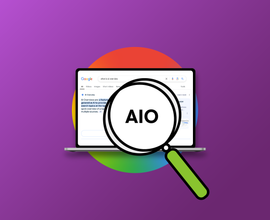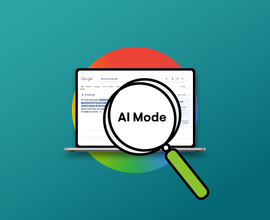What is the Buyer's Journey?
The buyer's journey is a buyer’s progression through a research and decision process ultimately culminating in a purchase.
Modern marketers have learned that the purchase process is a journey, and consumers advance through a process the industry has called ‘the buyer’s journey.’
The buyer’s journey is a framework that acknowledges a buyer’s progression through a research and decision process ultimately culminating in a purchase.
The Buyer's Journey
The first thing to know about a buyer’s journey is that it can vary from one industry to the next. For example, there are differences in how B2B buyers arrive at a purchase decision and how B2C buyers do.
With that in mind, let’s take a look at what the stages of the Buyer’s Journey might look like for a B2C retail company:
- Awareness: The buyer gets introduced to a brand and begins to build an understanding around the products it offers and needs it addresses. It's important to create brand visibility through various marketing efforts to capture consumers’ mind share.
- Consideration: The buyer is aware of their needs and actively explores and compares different products and brands to find the best solution. You should provide any necessary information and incentives that place your offerings ahead of the competition.
- Conversion: The buyer makes the decision to purchase with their chosen provider. It’s critical to streamline the path to purchase and minimize any friction that might prevent a sale.
- Retention: If buyers feel they receive continued value from the brand after the initial purchase, they build a strong, lasting relationship with the brand, which results in repeat purchases. Retaining existing customers is key to sustained business growth as acquiring new customers can be more costly.
Applying the Buyer’s Journey to Content
By applying the buyer’s journey framework to content, marketers can create content that maps to the stage of the buyer’s journey the consumer is in. Marketers can create targeted content designed to move customers through the buyer’s journey and towards a successful sale.
Let’s apply this to an example. John is a busy software engineer who rarely has time to thoroughly sweep his apartment. Let’s go with him on his buyer’s journey that leads to the Acme iRobot, a vacuum-cleaning robot.
Content Goal by Stage
Awareness: Make John aware that dust buildup in a home can be unpleasant and can lead to health issues by providing useful information on symptoms and statistics and positioning your brand as a resource in this area.
Consideration: Make John aware of potential solutions to the problem, such as scheduling a regular cleaning person or using advanced technology, to help him build more opinions around his available options, including your offering.
Conversion: Help John realize the value in both choosing an iRobot over alternative solutions and choosing Acme over alternative vendors so that he is confident in moving forward with his purchase.
Retention: Continue to provide John with helpful content around cleaning tips and ways to use the iRobot more effectively so that he builds loyalty with the brand and is more likely to purchase other Acme products.
If Acme has been successful, their content has ushered John through the buying process. First, Acme made him aware of a problem, then the solutions to the problem, and finally helped him justify the purchase of their product.
To get started mapping your content to your industry's buyer's journey:
- Define your Buying Personas:
To understand the journey your buyers take, you must first understand who they are. Read "What are Personas?" for more. - Understand the Journey Your Buyers Take:
Once you understand who your buyers are, the next step is to figure out how they progress through their individual buying process. - Map Content to the Buyer’s Journey:
Once you have your personas and the journeys worked out, the next step is to map content that addresses the challenges they face at each step in the process. The goal of the content should be to sufficiently address the buyer’s challenge such that they feel confident about moving on to the next stage in the process, and help them to transition into the next stage.







